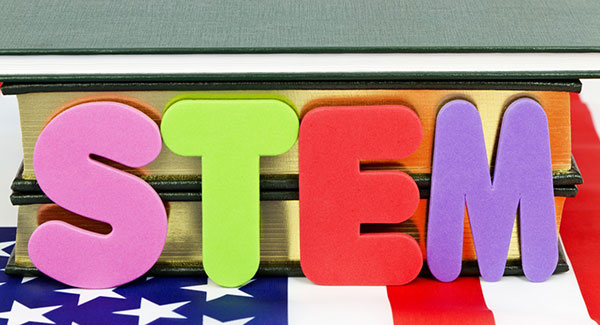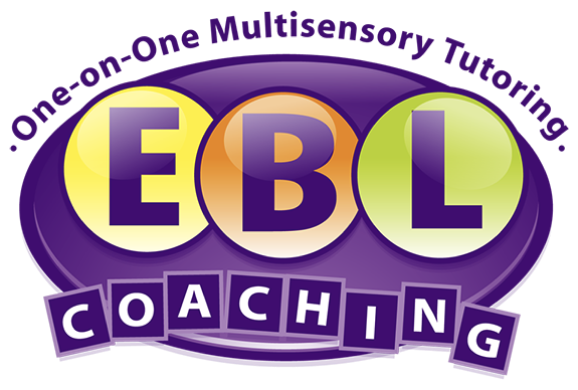
The STEM Movement

Many top American leaders argue that our students are not adequately prepared to enter the workforce when they graduate. Success in top jobs of today and jobs of tomorrow demand proficiency in problem solving, innovation, and creative solutions. Yet our students as a whole are simply not ready for these evolving demands.
STEM, which stands for Science, Technology, Engineering, and Mathematics, is an educational movement that is hoping to solve this crisis and prepare our youth for the future. STEM does not simply teach math and science skills in isolation; rather, it integrates multiple disciplines, encouraging students to face and attempt to solve real life problems through projects, hands-on experiences, and higher order thinking.
What exactly is STEM education, and why is it so important?
Sample STEM Lesson
Let’s start by taking a look at a sample STEM lesson. One middle school classroom in Maryland used STEM instruction to help students understand experimental design as well as kinetic and potential energy. The challenge was to try to figure out how to make an amusement park ride (the Pirate Ship) go faster using a pendulum. The students watched You Tube Videos to observe the ride, had group discussions about the challenge, and came up with interesting observations and questions. In groups, they created hypotheses and constructed their own pendulum models. They calculated the speed of their pendulums, studied the effects that various factors had on the speed on their pendulums, and compared their results to those of other groups. Then they analyzed how their results could affect real life operations, like roller coasters and bowling. In doing so, the students were engaged, active participants, and learned to think creatively, work collaboratively, and problem solve – all, you guessed it! – important skills for career success.
Why is STEM education so important? There are so many valuable skills students can learn from STEM education. To name just a few:
Problem Solving
STEM education doesn’t simply focus on banal, uninteresting-to-most science concepts. Instead, it emphasizes real world problems and challenges, integrating technology and hands-on learning in attempt to solve them. Students might focus on environmental challenges, for instance, such as excess water use in homes or protecting nearby wildlife. With each challenge, they must truly understand the problem, often using multi-sensory tools like videos, computers, and ipads, and via group discussions and team exploration. They then come up with innovative ways to solve these problems and understand the results and implications – in turn, setting themselves up for real life problem solving.
Instills Creativity
With STEM, students must think creatively in order to come up with solutions to problems. They must go beyond “obvious” solutions and delve into deeper, more complex ones, like ideas for surviving without consistent sunlight. Like so many creative fields, there may not be a concrete right or wrong answer for many of these challenges, but there is so much to learn in coming up with possible solutions.
Gets Kids Interested in Science!
Research tells us that by the time students reach fourth grade, 1/3 of them have completely lost interest in science. By integrating creative thinking, team partnerships, problem solving, and hands-on activities to solve real life issues, students come to understand and enjoy learning about science. Rather than focusing on arguably less exciting “classic” math and science concepts, STEM integrates fun and engaging projects, like coming up with new cookie recipes, designing a chair, or building a marble run – activities that can excite and empower children.
Innovation, creativity, and problem solving are skills that are critical for future success. STEM education emphasizes these principles and more, while engaging children and making them excited and well-prepared for the future.
